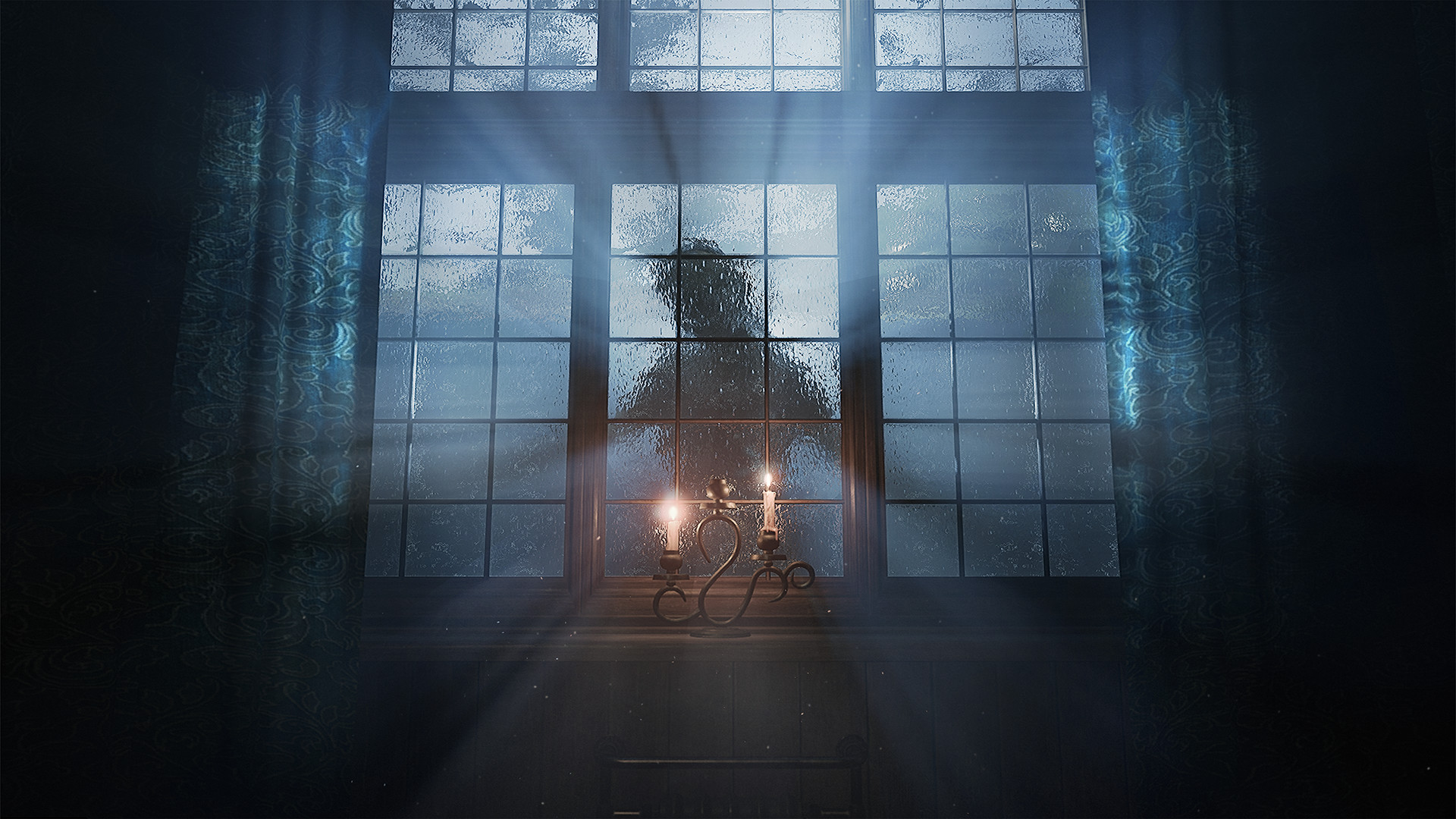
Content warning: suicide, abuse, sexual abuse and trauma
Contains major spoilers for Layers of Fear, Blair Witch and The Medium
Some of the most debilitating horrors are experienced in our own minds. As someone with a mental health disorder, I know this all too well. The day-to-day battle against my own psyche presents a more frightening experience than any vampire, zombie or bogeyman ever could – because it’s my reality.
That’s perhaps why I am such a horror game fan. The creatures that lurk in the shadowy corridors of my TV are nothing compared to those that have permanent residence in my mind. In fact, they’re soothing to a degree: often predictable and, most importantly, unrealistic.
In many instances though, game developers aren’t simply content with the monster in our closet. They look to tap into the innate horror within our heads and utilize it as a scare tactic. Mental illness becomes the villain of the piece. It’s a tired trope that we’ve seen across the genre and, while some do it well, often these depictions risk othering those with mental health conditions, developed seemingly with little regard for those who experience this ‘fiction’ as their life.
Mental health is becoming less of a taboo subject, however, and we’ve seen some studios shifting away from this cliché, learning from their mistakes and striving to do better in the future. Which is why it was so disappointing to see The Medium creator Bloober Team announcing Layers of Fears at the Summer Game Fest 2022 showcase. Because, six years on from the original Layers of Fear, it seems the developer has learned nothing.
The troubled artist
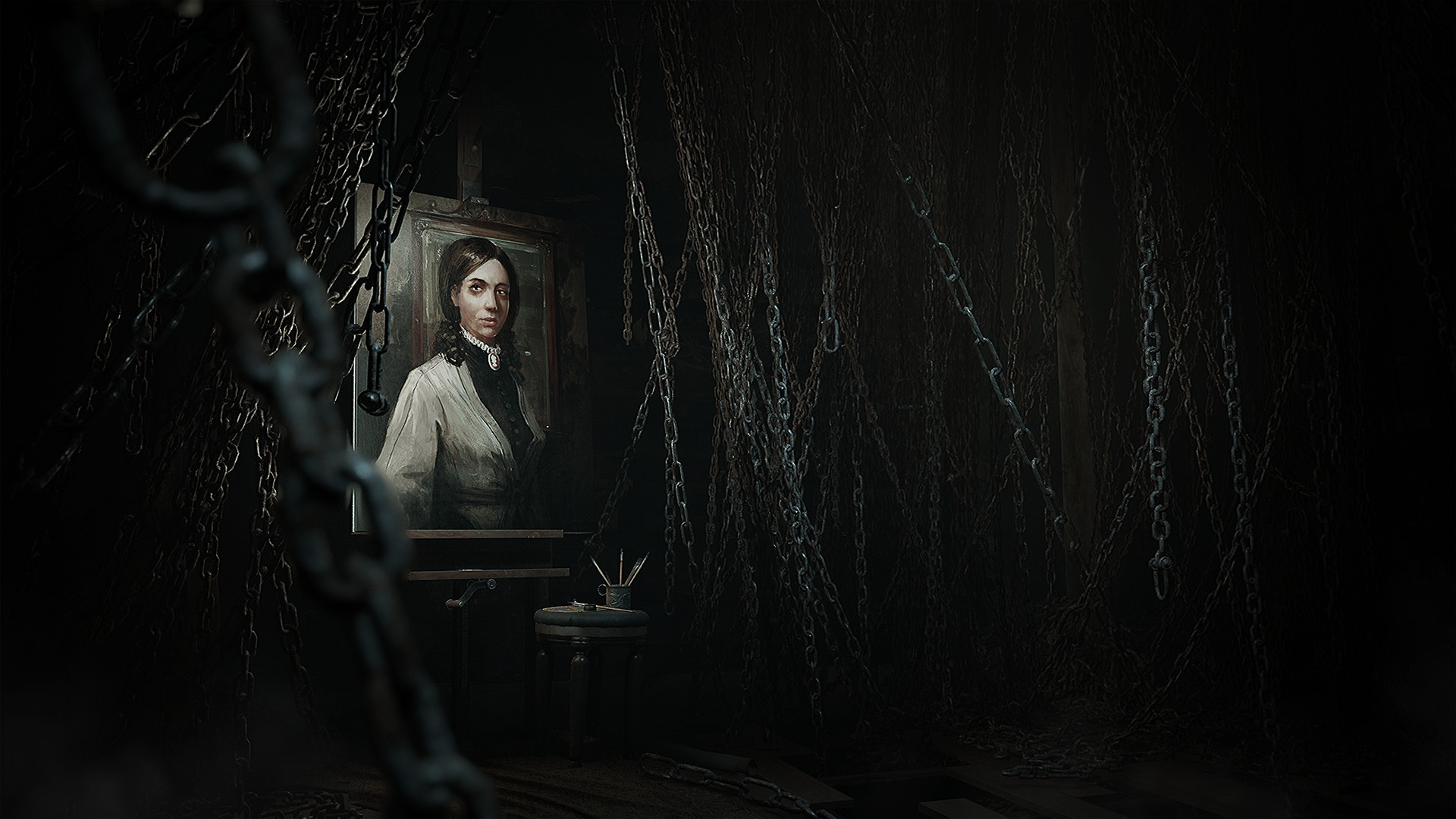
The announcement trailer for Layers of Fears – which Bloober is co-developing with Anshar Studios – evoked the same feeling in me as when people applaud an airplane landing: disappointment but not surprise, with a sprinkling of second-hand embarrassment (what an awful name).
Right off the bat, it opens with an image of burning paintings, and a woman’s voiceover: “Someone once said insanity runs in our family… let it run”.
Get daily insight, inspiration and deals in your inbox
Sign up for breaking news, reviews, opinion, top tech deals, and more.
“They say it’s a tale of sadness and guilt, of an artist trapped in a place beyond redemption,” she goes on. “It’s a lie. This is a story of my fear, pain, and hatred of the horror of my loneliness, and it is mine to tell.”
Initially, I was hopeful that we were about to see a renewed take on Layers of Fear. One that, instead of putting players in the shoes of the tortured artist, let them see the series through the eyes of the artist’s wife, the traumatized woman who served as the game’s antagonist.
But no such luck, it seems. Instead, Layers of Fears appears to be doubling down on its problematic mental health depictions, with this new game collection taking elements (seemingly including the problematic ones) from previous games in the series – Layers of Fear, Layers of Fear: Inheritance, and Layers of Fear 2 – as well as adding a new storyline that expands upon the existing one.
“Face spine-chilling madness that extends over generations,” the game’s Steam page description reads. “Live through indescribable terrors as artists obsessed with their crafts beyond reason and sanity. Layers of Fears is a psychedelic horror chronicle for those who seek mature stories with hidden meanings.”
Now, the issue with the original Layers of Fear isn’t that it explores mental health, but how it does so. Released in 2016, Bloober’s psychological horror tells the story of an artist who is intent on completing his magnum opus. But, as a result of stress, he develops a drinking problem, as well as hallucinations. His mental health deteriorates, resulting in his paintings becoming darker and more warped, eventually leading to him physically abusing his wife. Following this incident, his wife is involved in a department store fire that leaves her disfigured and wheelchair-bound. Fearing that her husband no longer finds her beautiful, and having been subject to his drunken outbursts, she dies by suicide.
Layers of Fear is set across six chapters, and you collect a body part in each – all while being stalked by a disguised, monster-like manifestation of your wife. It turns out that each of these body parts belongs to her (it’s unclear if this is literal or not) and you ultimately use her remains to finish the painting.
Sure, as a horror story, Bloober Team certainly got the shock factor down. But the developer also created a harmful portrayal of mental health. While the artist is abusive, his addiction issues and psychosis shouldn’t be directly linked to that outcome. Bloober appears to serve them up as the reason the artist is such a bastard to his family. And this isn’t the only time the studio has tried to put us in the shoes of an abuser and chalk up that abuse to poor mental health.
A problematic past
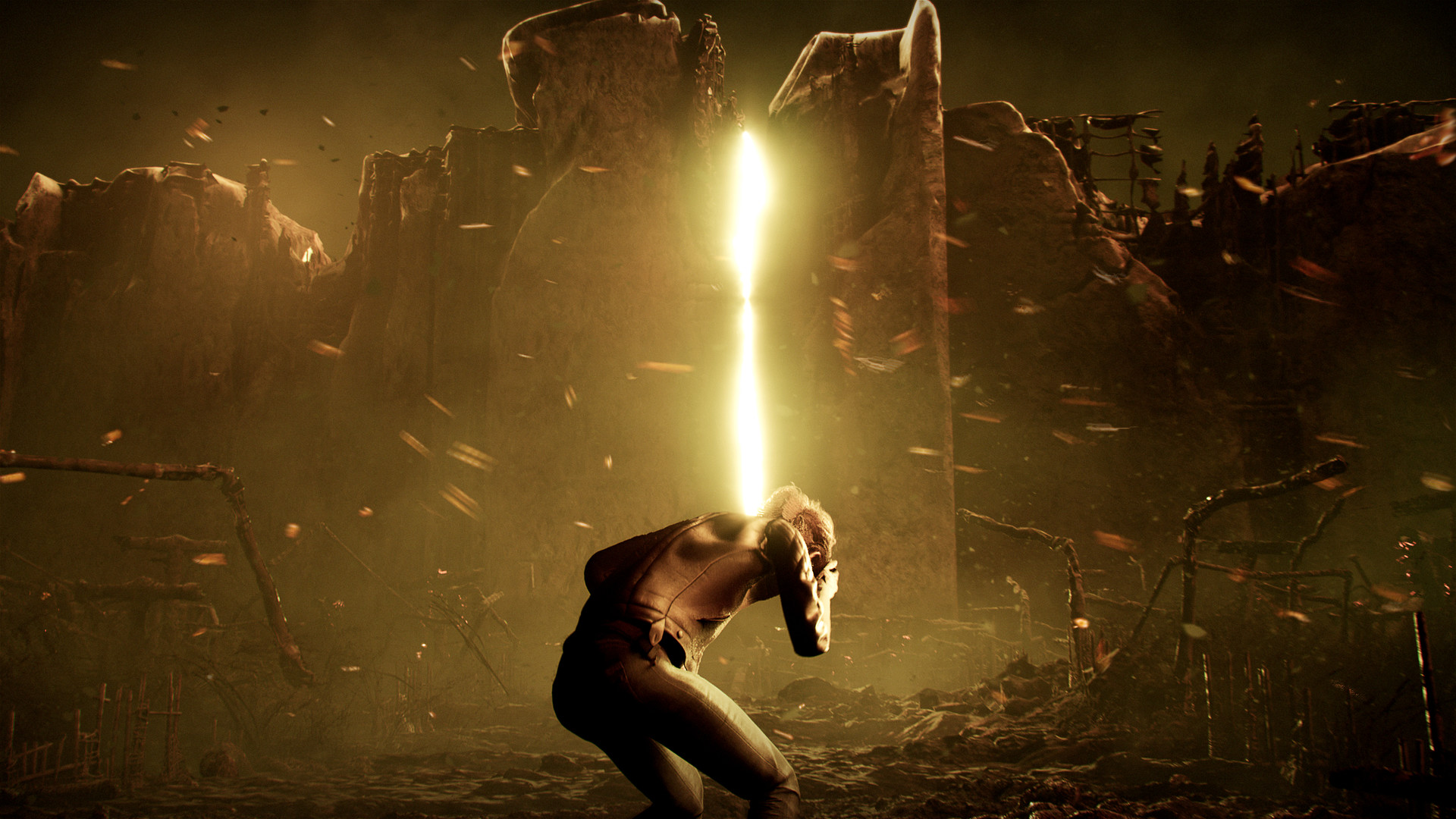
I actually enjoyed The Medium when it was released last year. In my review, in which I gave the game 4.5 stars out of 5, I said “The Medium shows that the best horror games don’t solely need to rely on jump scares and clichés. Instead, Bloober Team has crafted an unnerving psychological horror bolstered by its unsettling characters, tailor-made score, and often unpredictable story”.
In hindsight, I may have been too kind, choosing to overlook problematic mental health portrayals because, well, they weren’t harmful to me. But speaking to friends who live with mental health conditions different from my own, to those affected in real life by what was depicted in The Medium, it’s apparent that was a major oversight on my part.
Clumsy depictions like this imply survivors of trauma are unsavable when that’s simply not true.
The Medium follows Marianne, a medium, who is able to exist in two different realities: the ‘real’ world and the spirit world. Haunted by images of a dead girl, she travels to the dilapidated Niwa Hotel, following a tip that the rundown resort may hold the secrets to her visions – and her past. The game follows Marianne as she meets the resident spirits of the hotel and helps them cross over to the other side, as it were. As with Layers of Fear, however, Bloober Team carelessly integrates mental health themes throughout The Medium, with a particular focus on abuse and trauma.
As Marianne progresses through the Niwa, she unravels the stories of her father Thomas, and her sister Lily. It is revealed that Lily was sexually abused as a child by Richard, Thomas’ trusted friend, and her trauma is manifested as the Maw, the game’s main antagonist. Ultimately, to stop the Maw, either Lily or Marianne has to die, as Lily’s manifested trauma has wreaked too much havoc on everyone around her and, at this point, it’s apparently unfixable. This is harmful as it plays into the fear that many trauma survivors, and those with mental health conditions across the board, experience: that they are broken and irreparable. What’s more, there’s a whole segment where you meet Richard as a child and find out about his troubled upbringing – seemingly encouraging you to sympathize with the abuser. It feels in extremely poor taste, particularly in the context of a horror game.
Again, in Blair Witch, we see Bloober Team use mental health as a plot device as well as as a literal game mechanic. It includes perhaps my most hated horror game feature, the insanity meter – a reductive bar which, when depleted, results in the protagonist, Ellis, seeing more scaries. But perhaps the most disappointing aspect of Blair Witch is the fate of Ellis, a veteran of the Gulf War with apparent PTSD.
Blair Witch has a handful of endings: a good one, a bad one, and a secret one (plus some dog-specific ones). Either Ellis becomes the future child-kidnapping version of himself, Carver, or he gets murdered by said child kidnapper. Either way, Ellis’ trauma sees him damned, much like Lily was in The Medium. Clumsy depictions like this imply survivors of trauma are unsavable when that’s simply not true.
I’d have more patience with Bloober’s projects if not for the fact that mental health issues were explicitly at the heart of them, and that these same problems have come up again and again over the years. Each time the developer has faced criticism, and each time it repeats the same mistakes. And it seems it’s doing it yet again with Layers of Fears.
Learning from mistakes
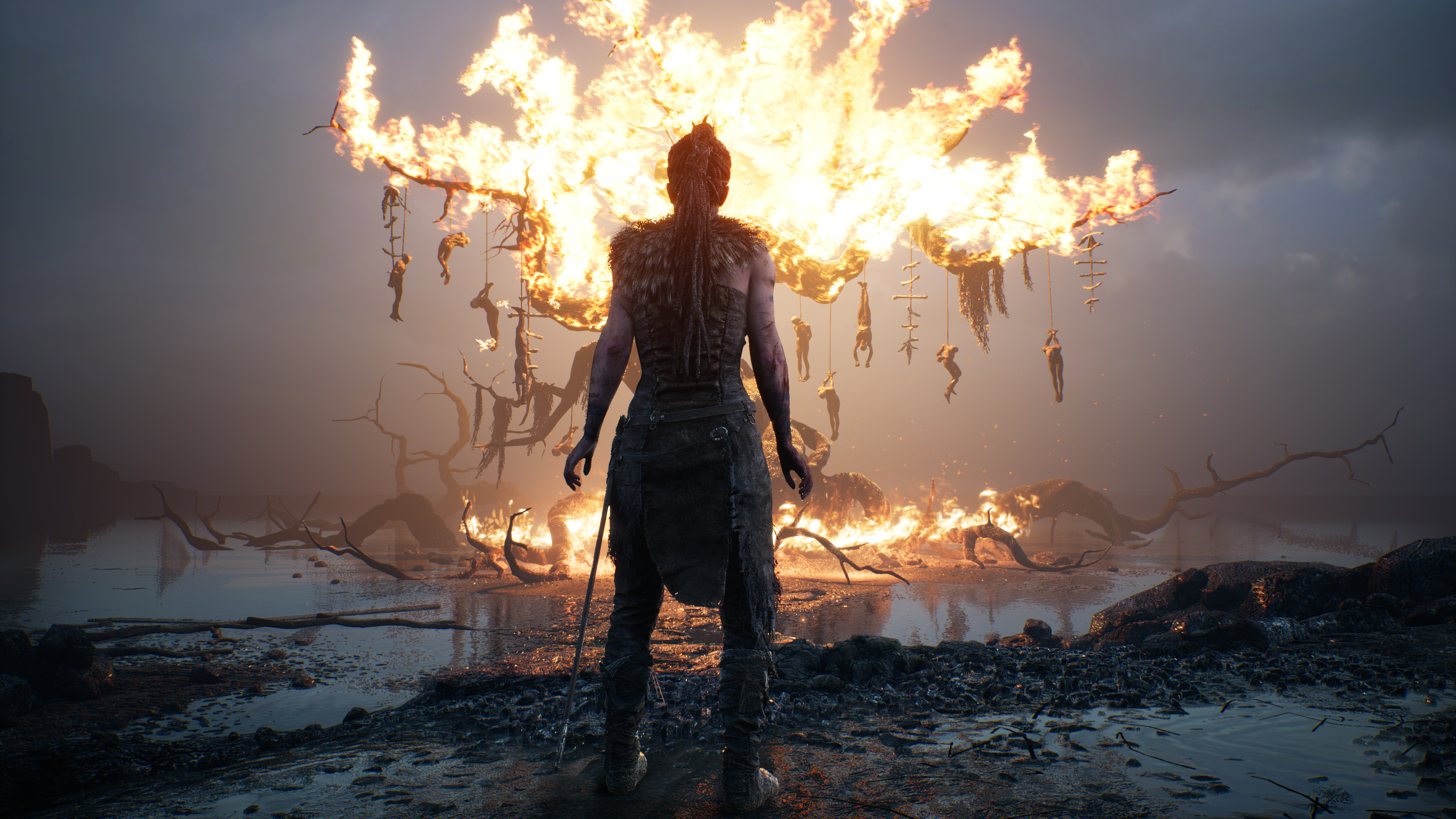
The gaming landscape has shifted considerably over the years. Where once asylums, ‘lunatics’, and insanity meters were commonplace, we’re now seeing these old building blocks become somewhat less common and (some) developers actively becoming more thoughtful in their mental health depictions across various genres.
The human mind is a scary and fascinating place and so mental health portrayals shouldn’t necessarily be off the table when it comes to games. But it’s how developers and publishers go about that depiction, and how they learn from their attempts, that speaks volumes.
The human mind is a scary and fascinating place and so mental health portrayals shouldn’t necessarily be off the table when it comes to games. But it’s how developers and publishers go about that depiction that speaks volumes.
Take Ninja Theory’s dark fantasy Hellblade: Senua’s Sacrifice as an example. Hellblade follows Pict warrior Senua as she traverses the depths of Hel in an effort to rescue the soul of her dead lover from the goddess Hela. But, all the while, Senua struggles with psychosis that she refers to as her ‘Darkness’, and experiences visual and auditory hallucinations, the latter of which she calls ‘Furies’. While Hellblade could arguably fall into the horror genre, Senua’s psychosis isn’t necessarily the villain of the game, but instead a special ability. Senua can ‘focus’, allowing her to see the world differently so that she can solve puzzles, while her auditory hallucinations often provide helpful cues in battle.
Ninja Theory did a lot of research while developing Hellblade, consulting with neuroscientists and the Wellcome Trust in an effort to make their depiction of psychosis as accurate as possible. This is not to say that Hellblade was without its issues. Dia Lacina at Polygon criticized Hellblade’s “clumsy” ‘permadeath’ metaphor, while Sam Greer at Eurogamer said it risked “exploiting people's issues as tourism for others”. Personally speaking, while the research Ninja Theory put into Hellblade was certainly commendable and it’s damn near impossible for a mental health portrayal to reflect the experience of everyone with a condition, I was somewhat disappointed to not see the developer publicly acknowledging what it got wrong and pledging to do better.
Yet I’m hopeful that, now Ninja Theory is firmly under the wing of Xbox Game Studios, improvements will be made next time around. And that hope is partly placed in the resources Xbox Game Studios uses to check for what Double Fine’s Tim Schafer calls “blind spots”, across a variety of areas – including diversity, inclusion, and mental health.
One of those resources is a man called Dr. Raffael Boccamazzo, a clinical psychologist and clinical director of the non-profit organization Take This. Having worked with Schafer and the Double Fine team on Psychonauts 2, Boccamazzo is currently working with Ninja Theory on Hellblade 2, looking for the same “blind spots”.
“It's just a natural part of the artistic process,” Schafer explained to me back in 2021. “The creative process is to broaden your awareness of how people interpret what you're making. So I think you can just replace all those thoughts about like, ‘Are you trying to censor something’, with, ‘I am trying to understand how what I create makes people feel at all times, no matter what’.”
These efforts seem at least partly responsible for the noticeable mental health portrayal improvements in Psychonauts 2 compared to its predecessor, while Double Fine’s own experiences and research made up the rest. I wouldn’t say the original Psychonauts had overtly offensive mental health depictions in it, but some of its content wasn’t particularly thoughtful – notably its spooky asylum levels. Double Fine fully accepted that, actively strove to do better, and succeeded. So why hasn’t Bloober Team taken on board the valid criticisms of its own portrayals?
An out-of-date trope
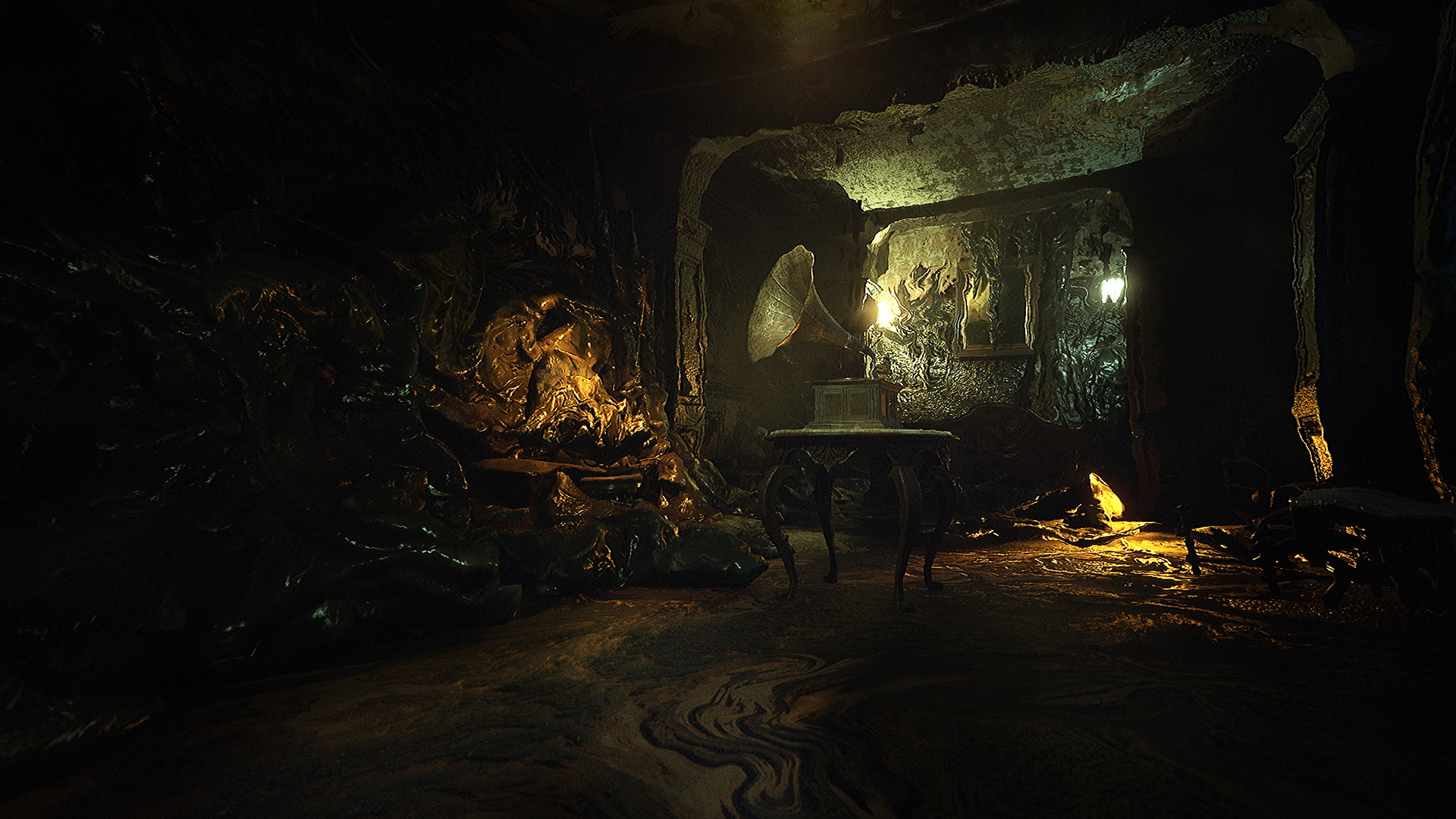
What concerns me is that, despite valid criticisms over the years, Bloober Team has perpetuated harmful, and frankly lazy, mental health portrayals in its past games, apparently in the name of creativity, and Layers of Fears doesn’t look like it’s going to break that cycle. I’m not asking for a horror game full of sun and rainbows – Hellblade certainly wasn’t that – but one in which mental health can play a part that’s not simply the villain, the tortured sister, the abusive artist, or the irredeemable veteran.
Layers of Fears sat among a truly impressive lineup of horror games at this Summer Game Fest showcase and looked out of date by comparison. That wasn’t because of its graphics – it actually looks visually lovely – but because where modern horror games are looking to the future, Bloober Team’s Layers of Fears seems to be stuck in the past, built upon outdated tropes that we, as a society, are gradually moving away from.
It’s time Bloober Team caught up with the rest of us.
TRG has contacted Bloober Team for comment.
An award-winning games journalist, with seven years of experience in games journalism and a degree in journalism from City University, London, Vic brings experience from IGN, Eurogamer, The Telegraph, VG247, Dot Esports and more to the TechRadar table. You may have even heard her on the radio or speaking on a panel, as she’s previously appeared on BBC Radio 4, BBC Radio 5, BBC Radio Ulster and more. Not only is Vic passionate about games, but she's appeared on both panels and podcasts to discuss mental health awareness. Make sure to follow her on Twitter for more.